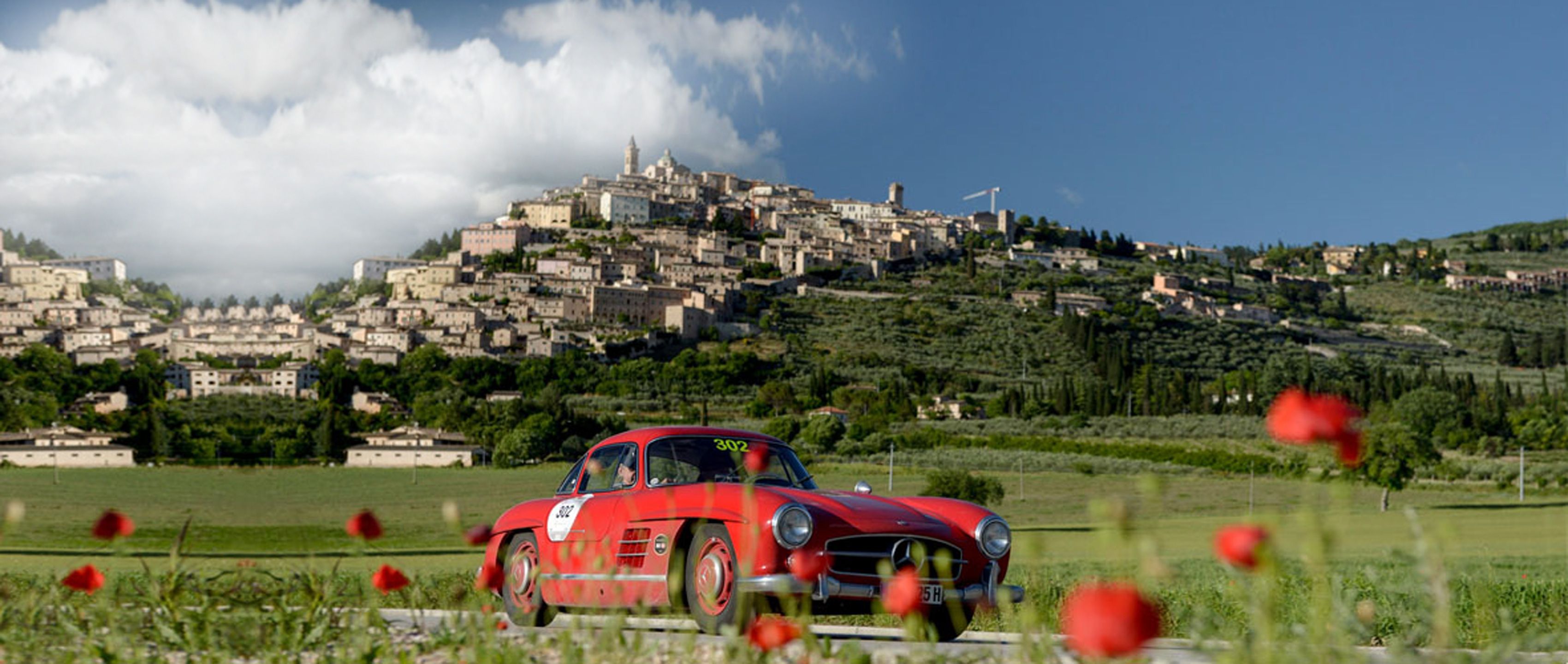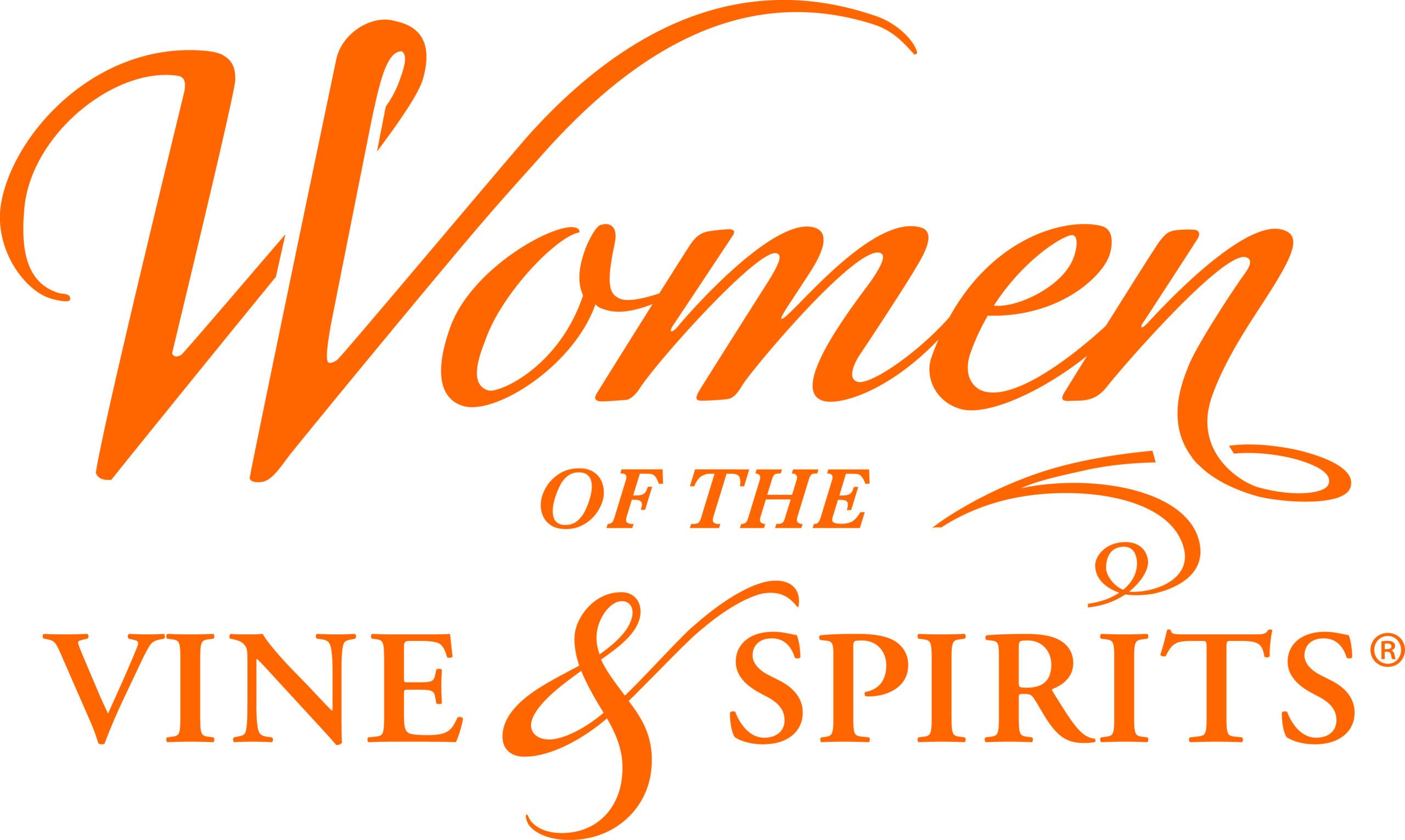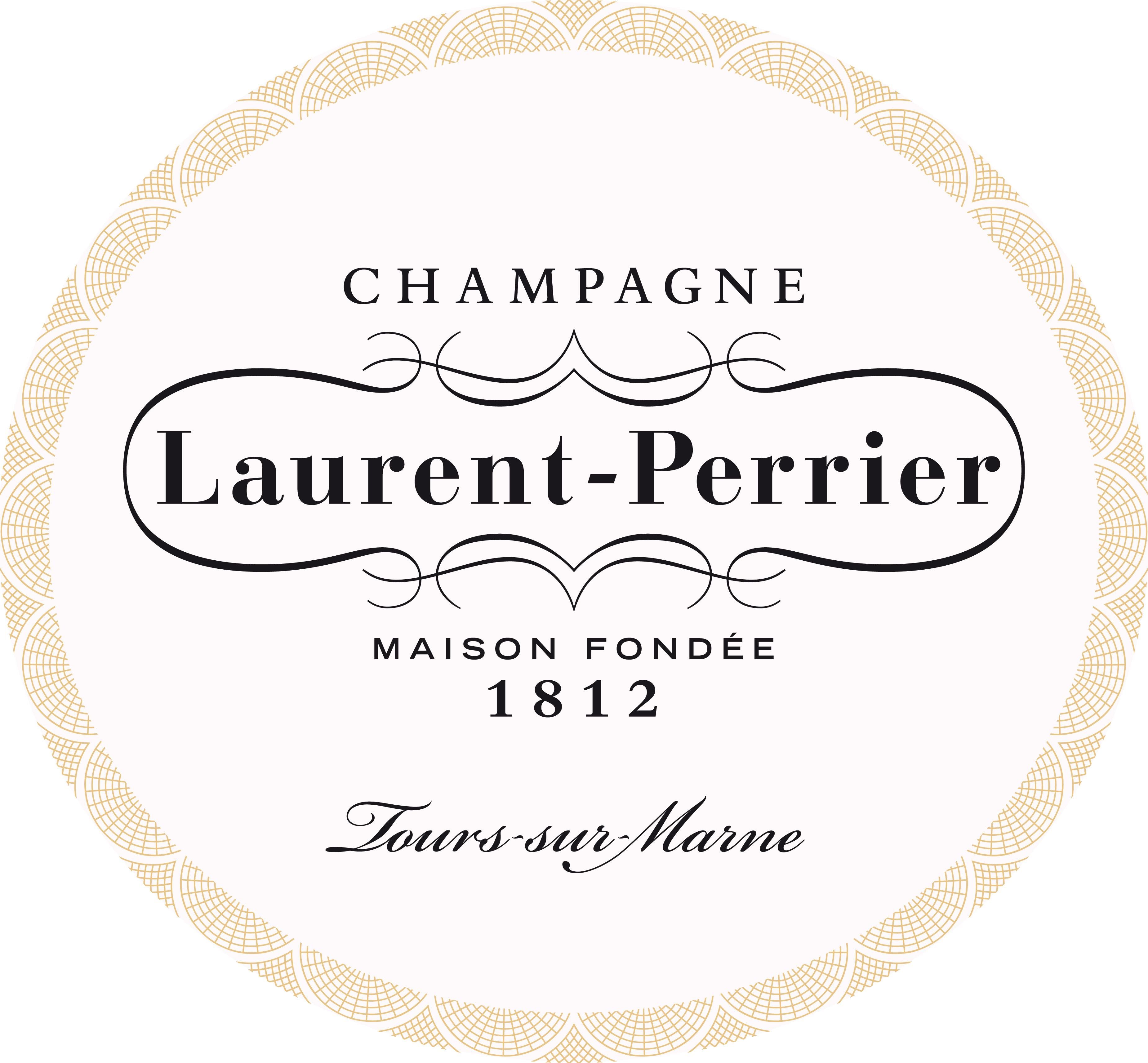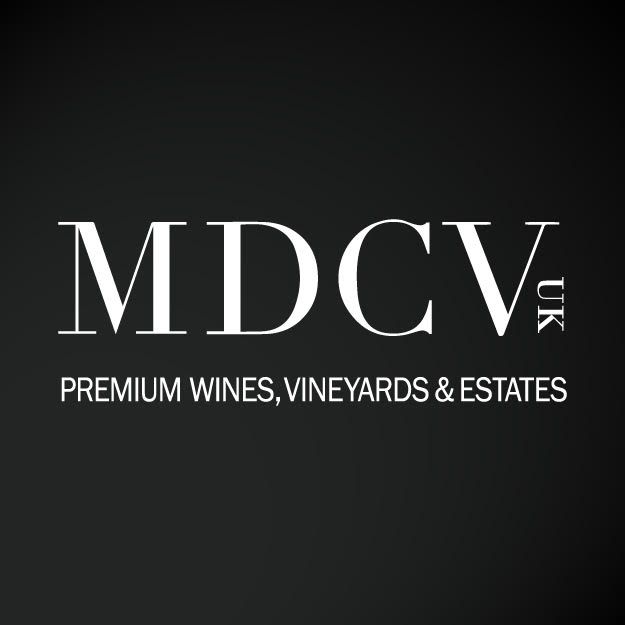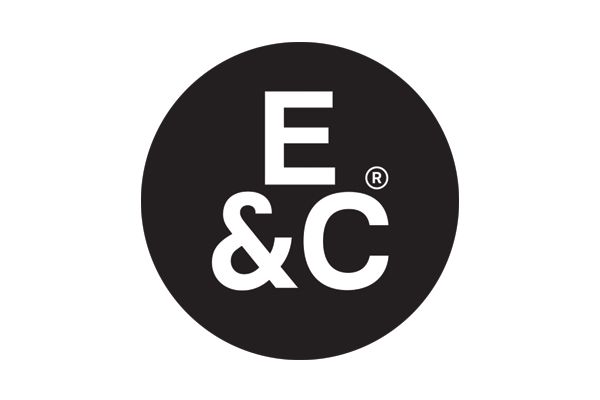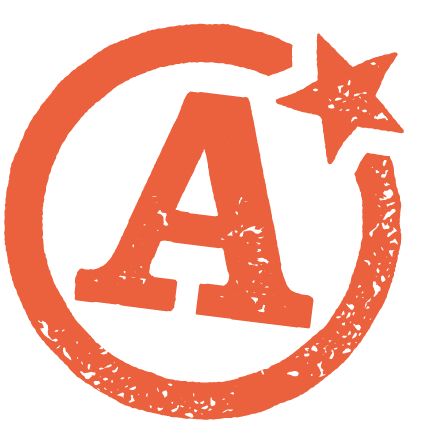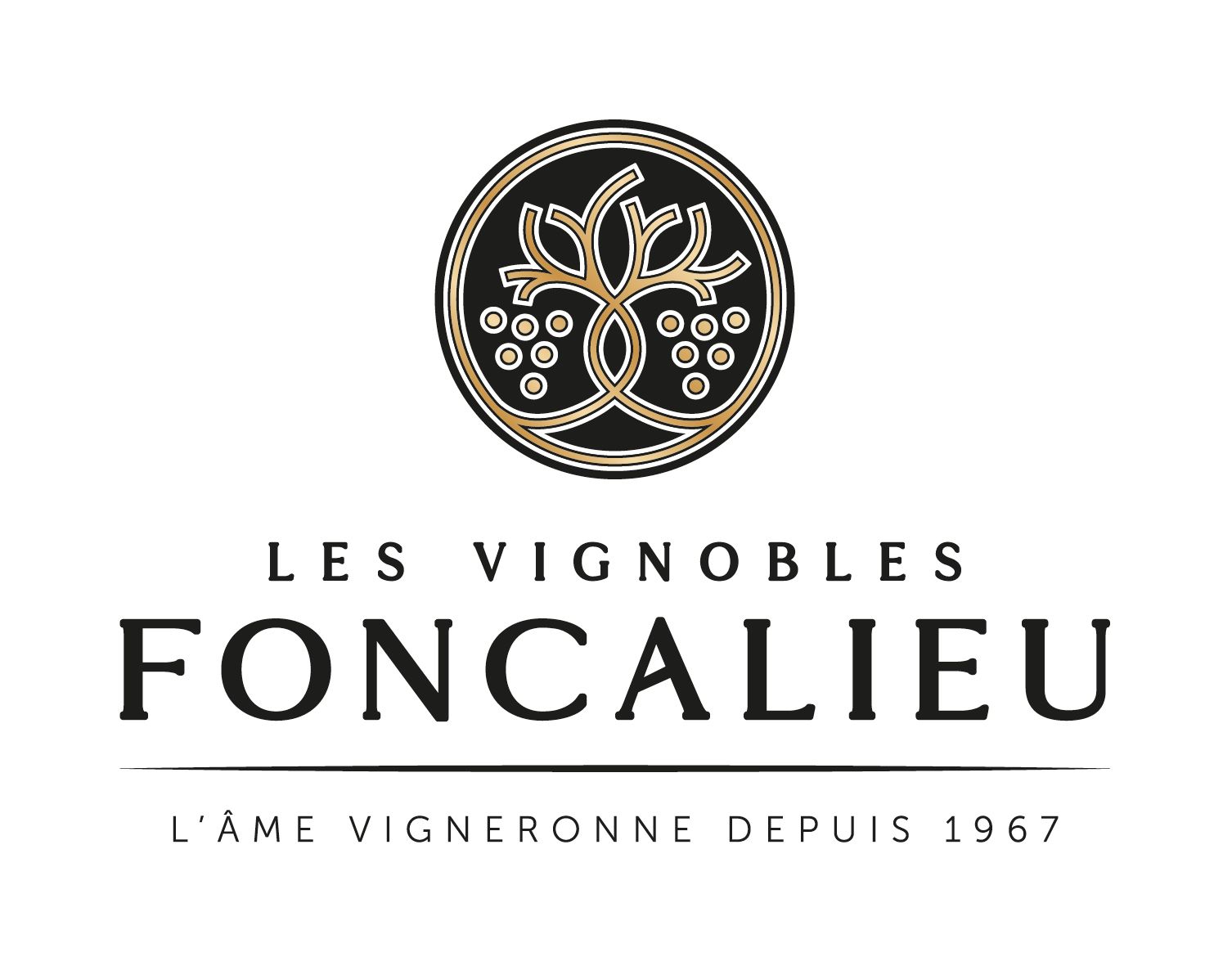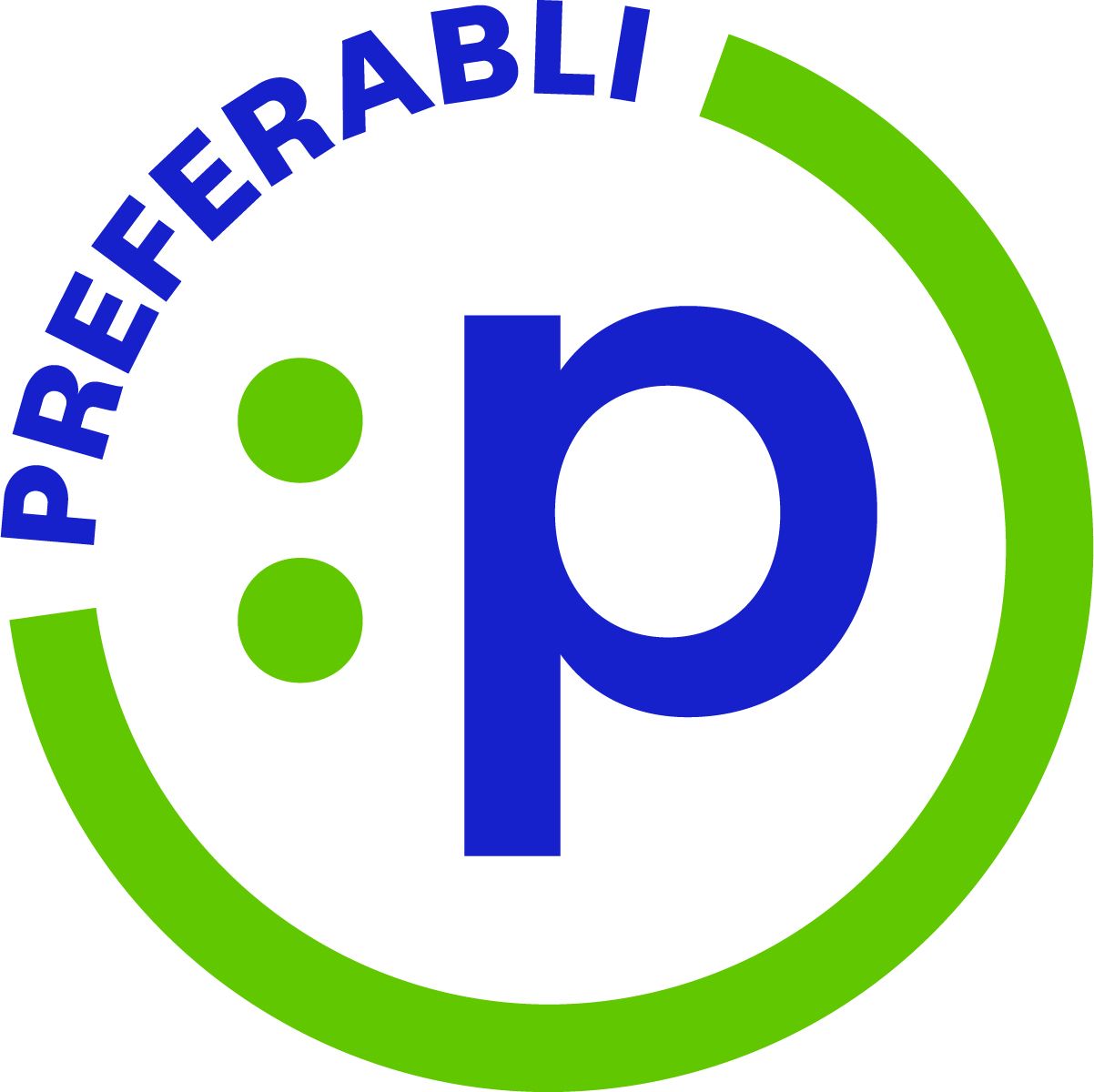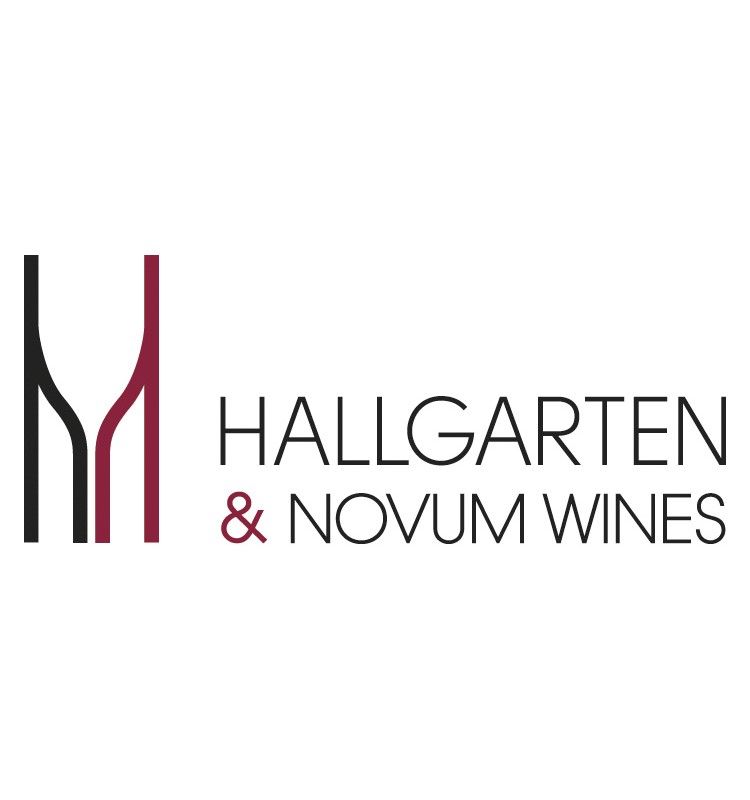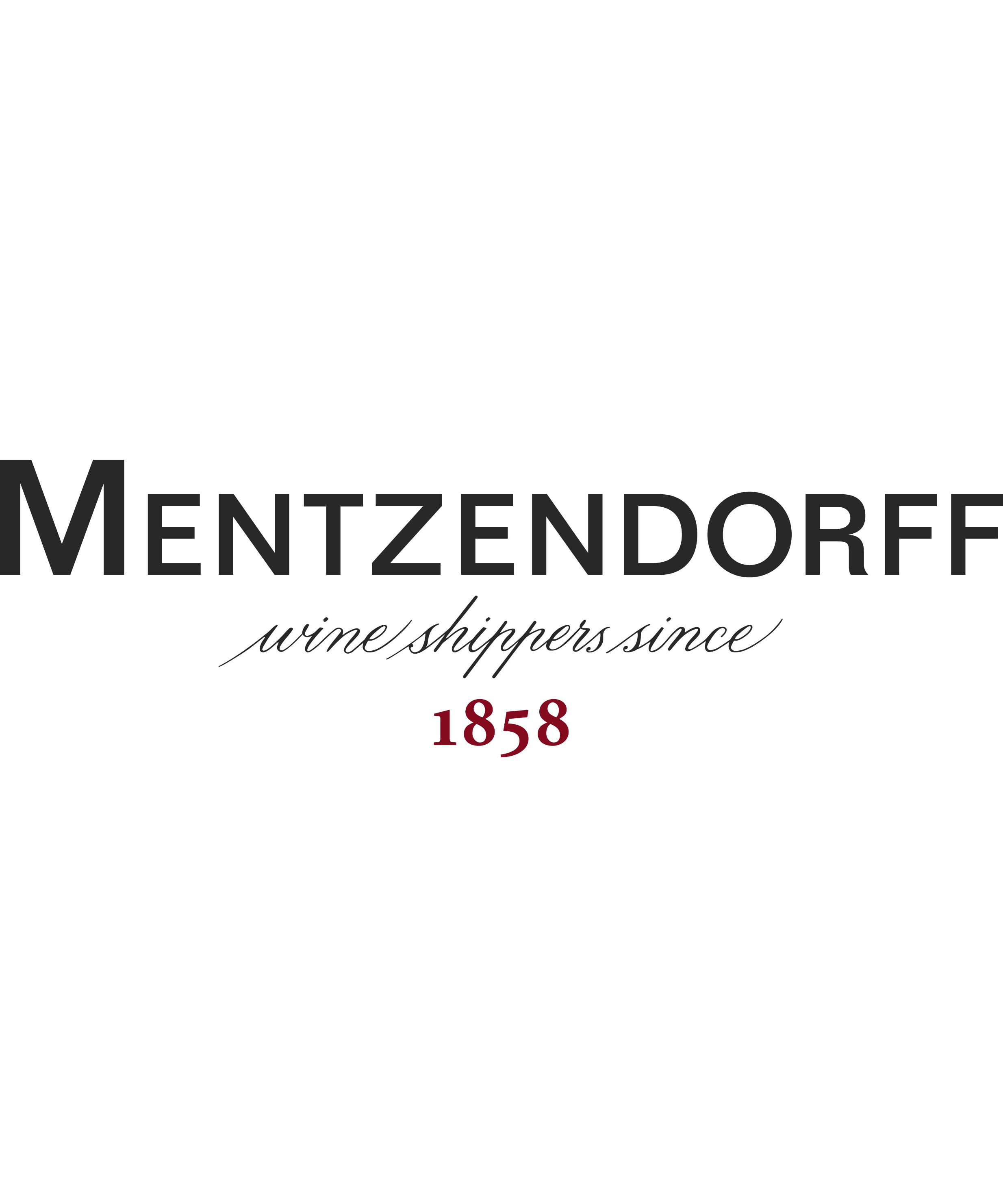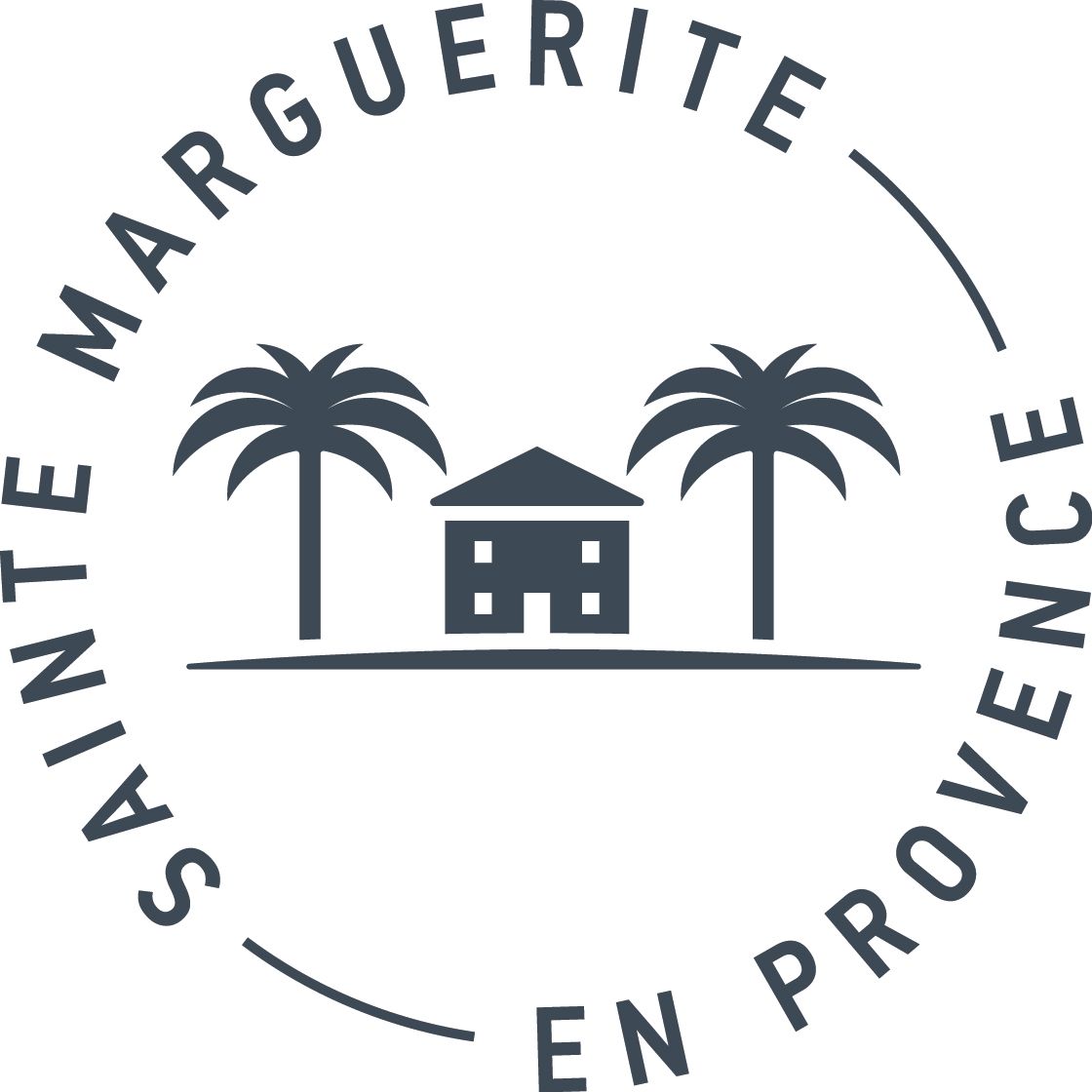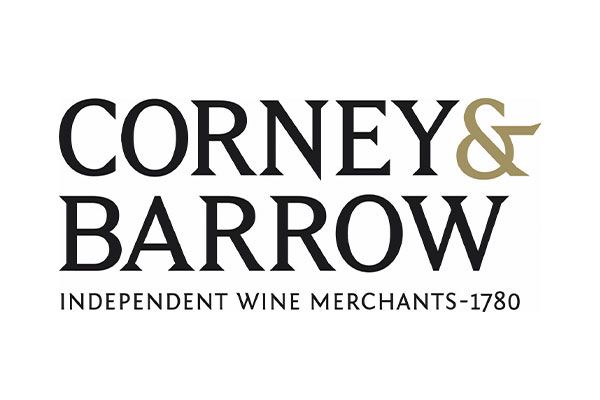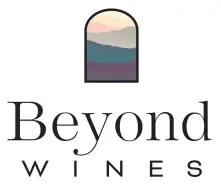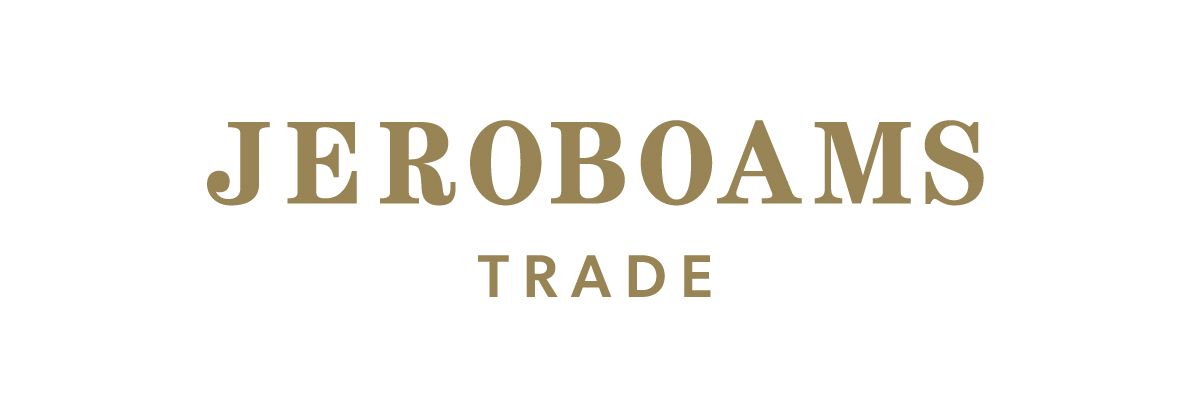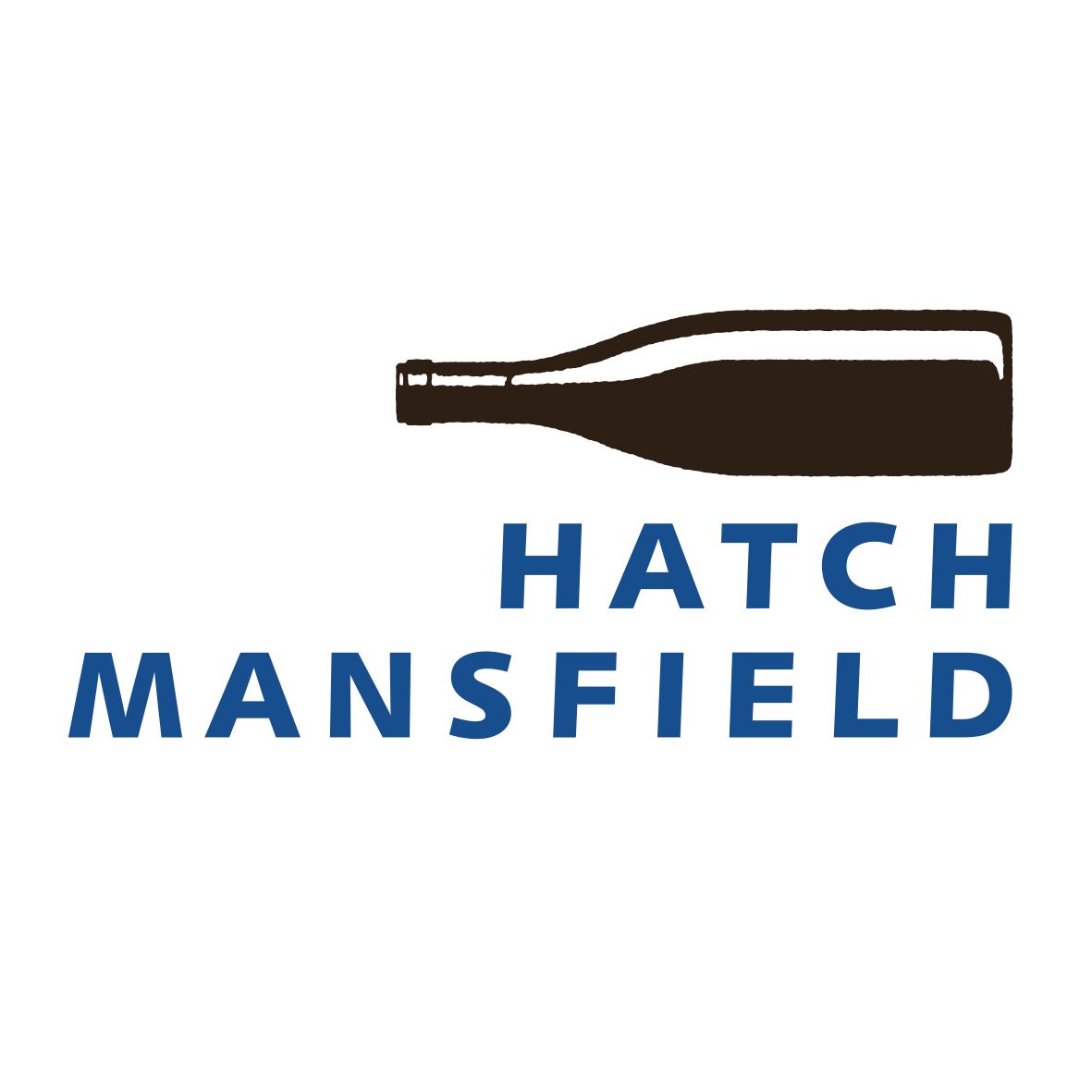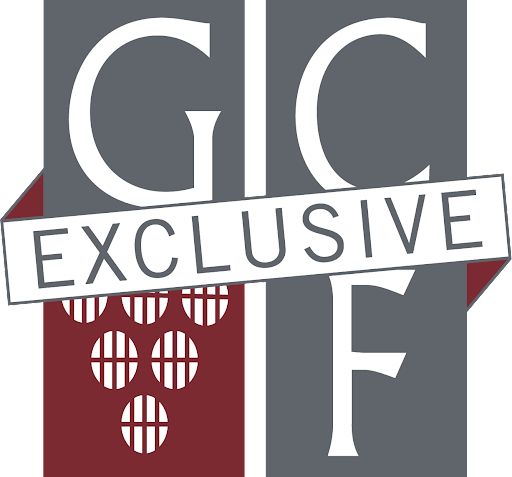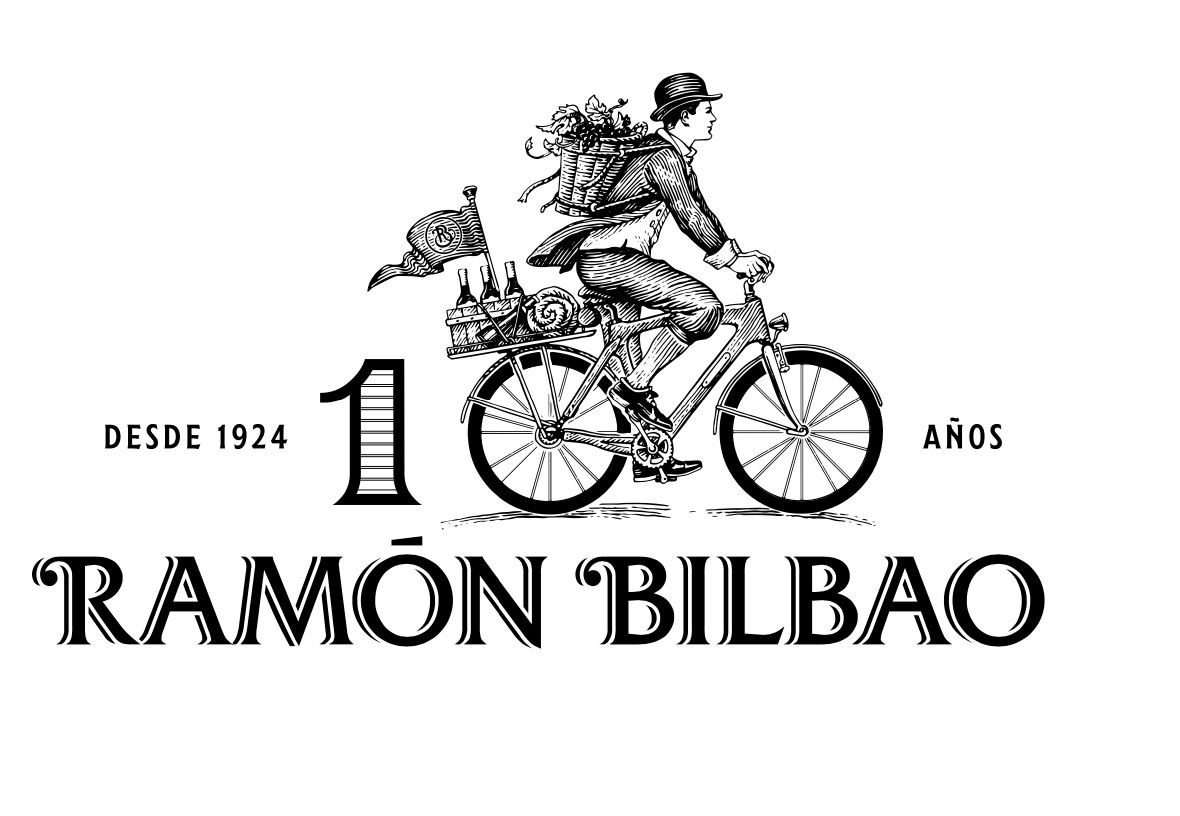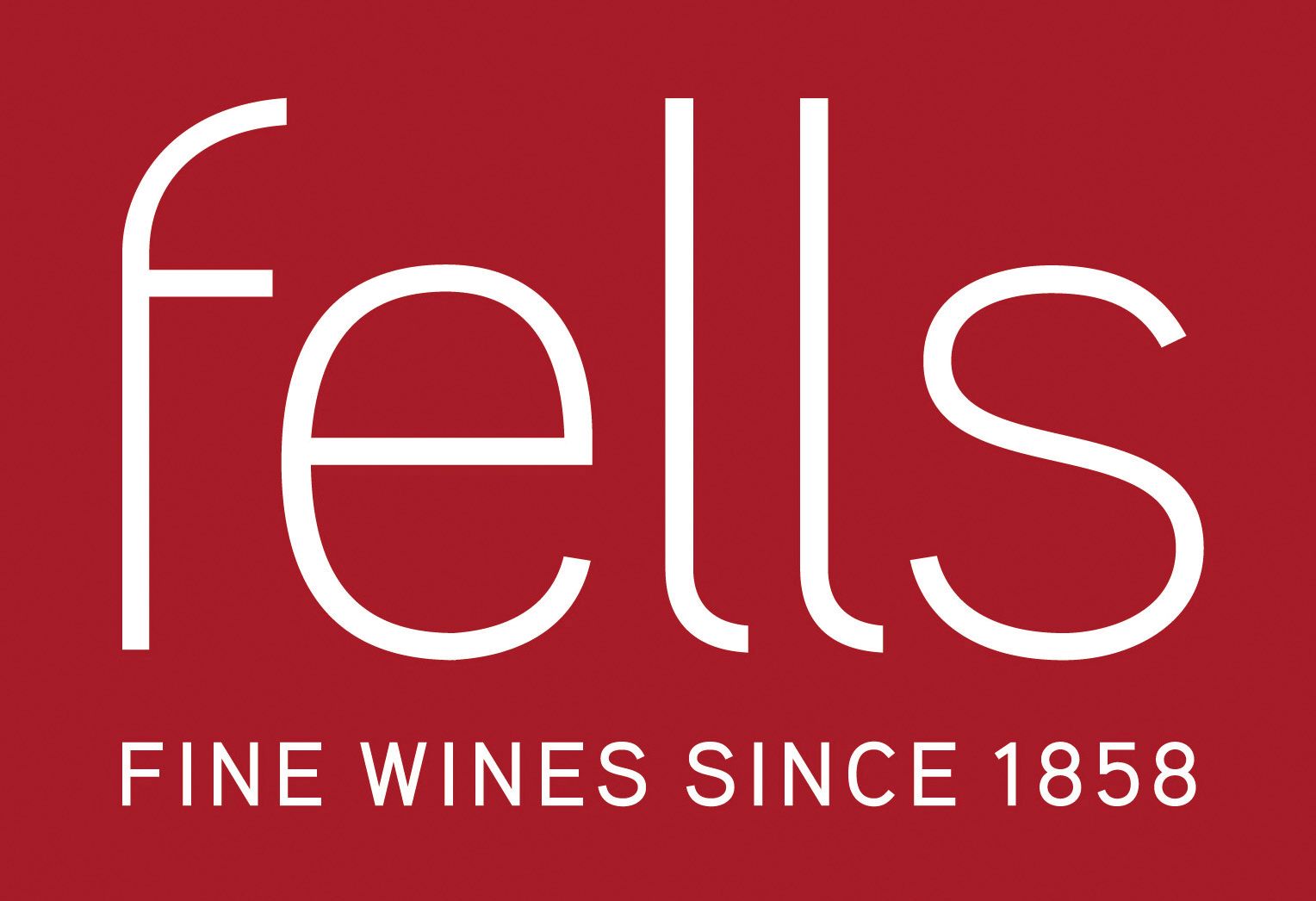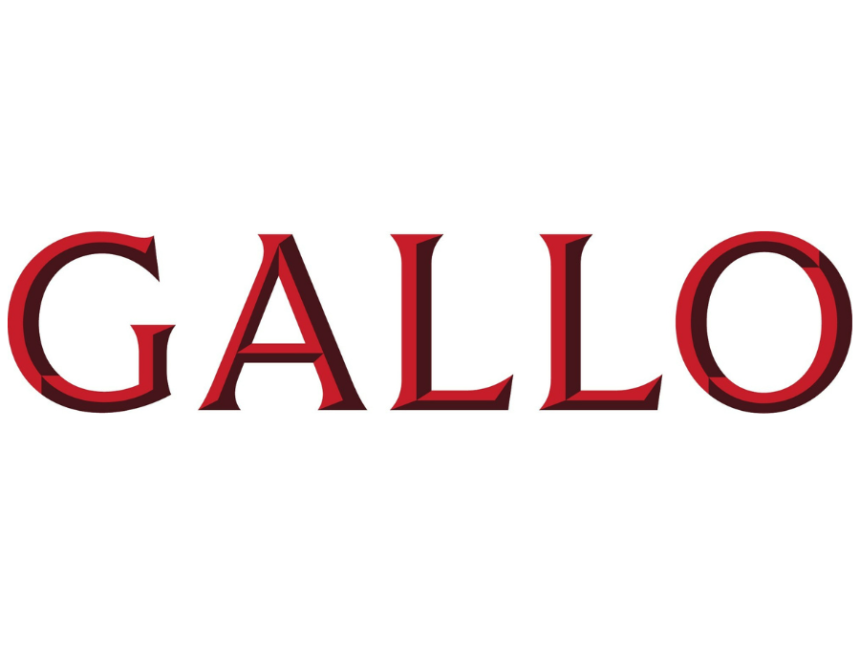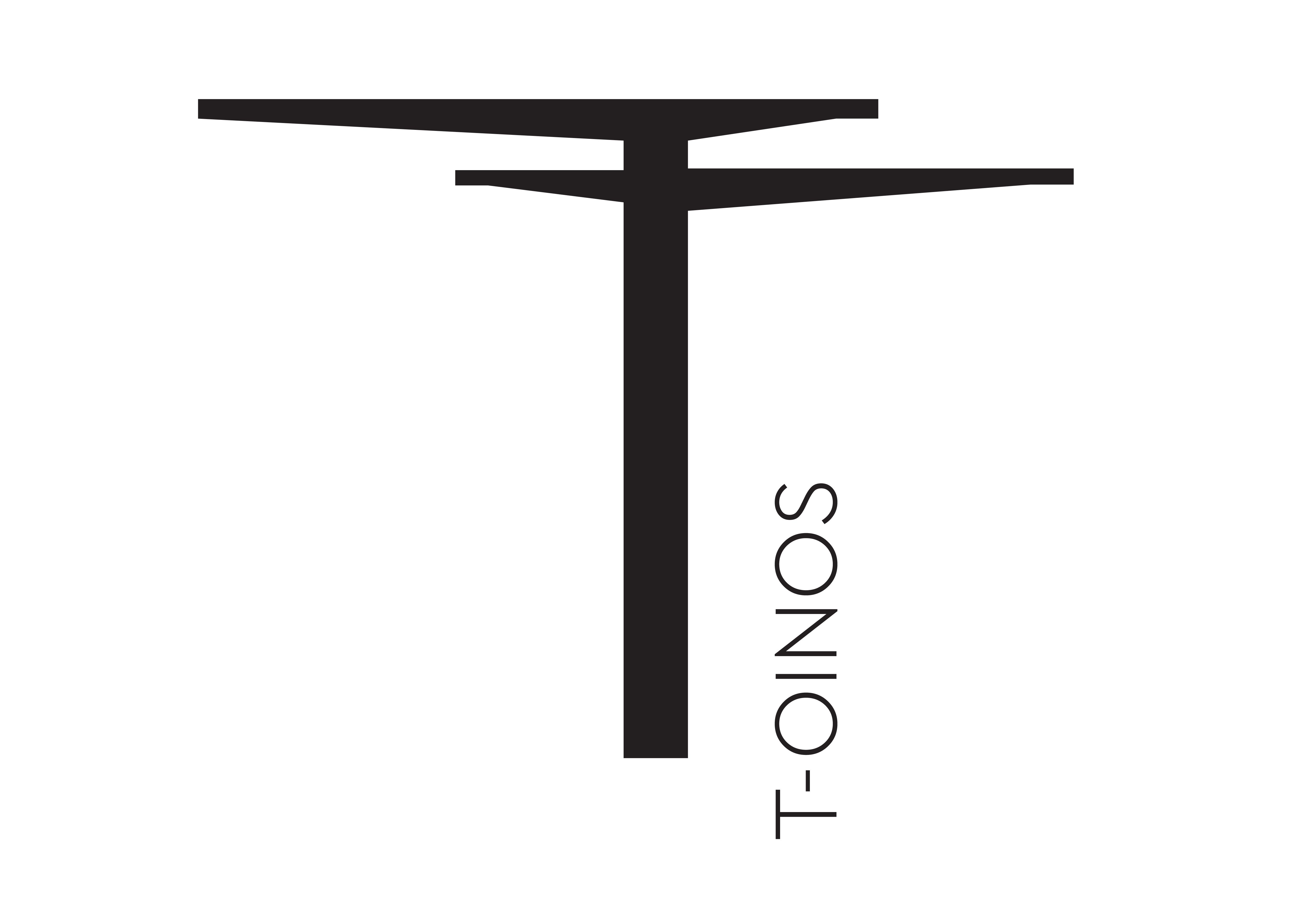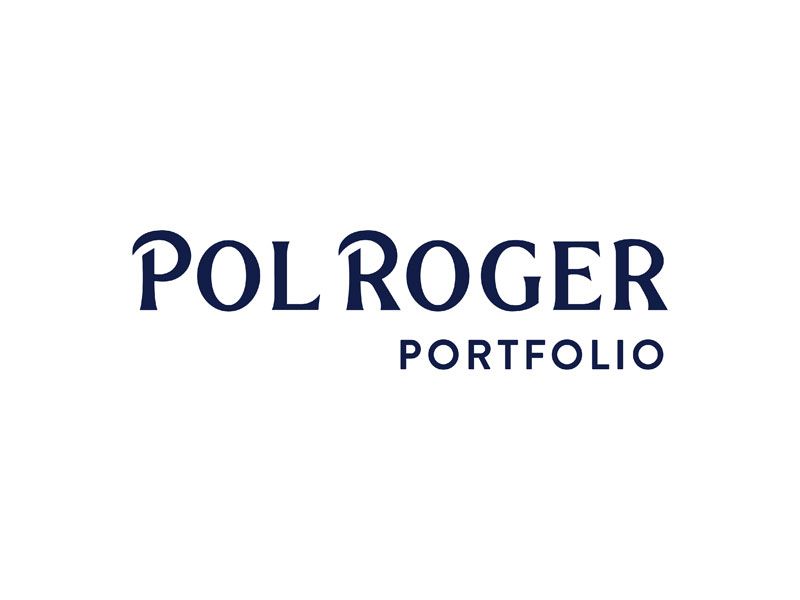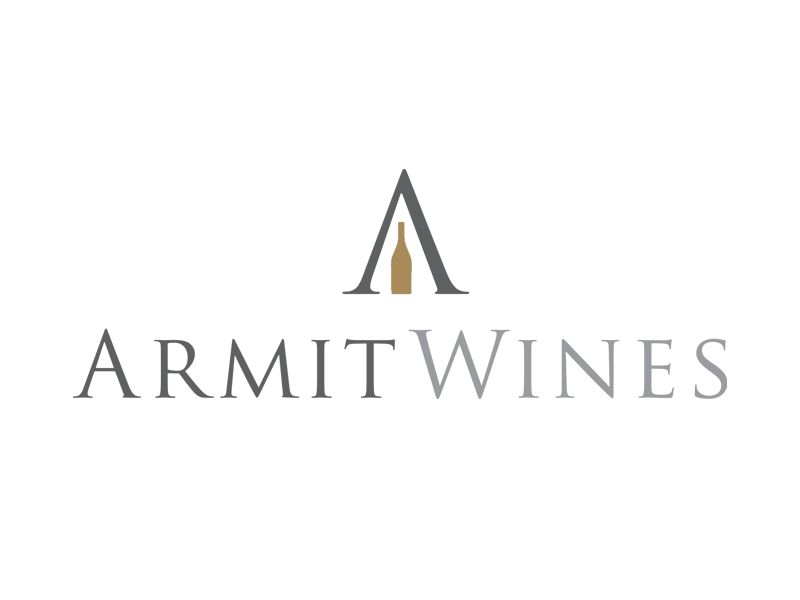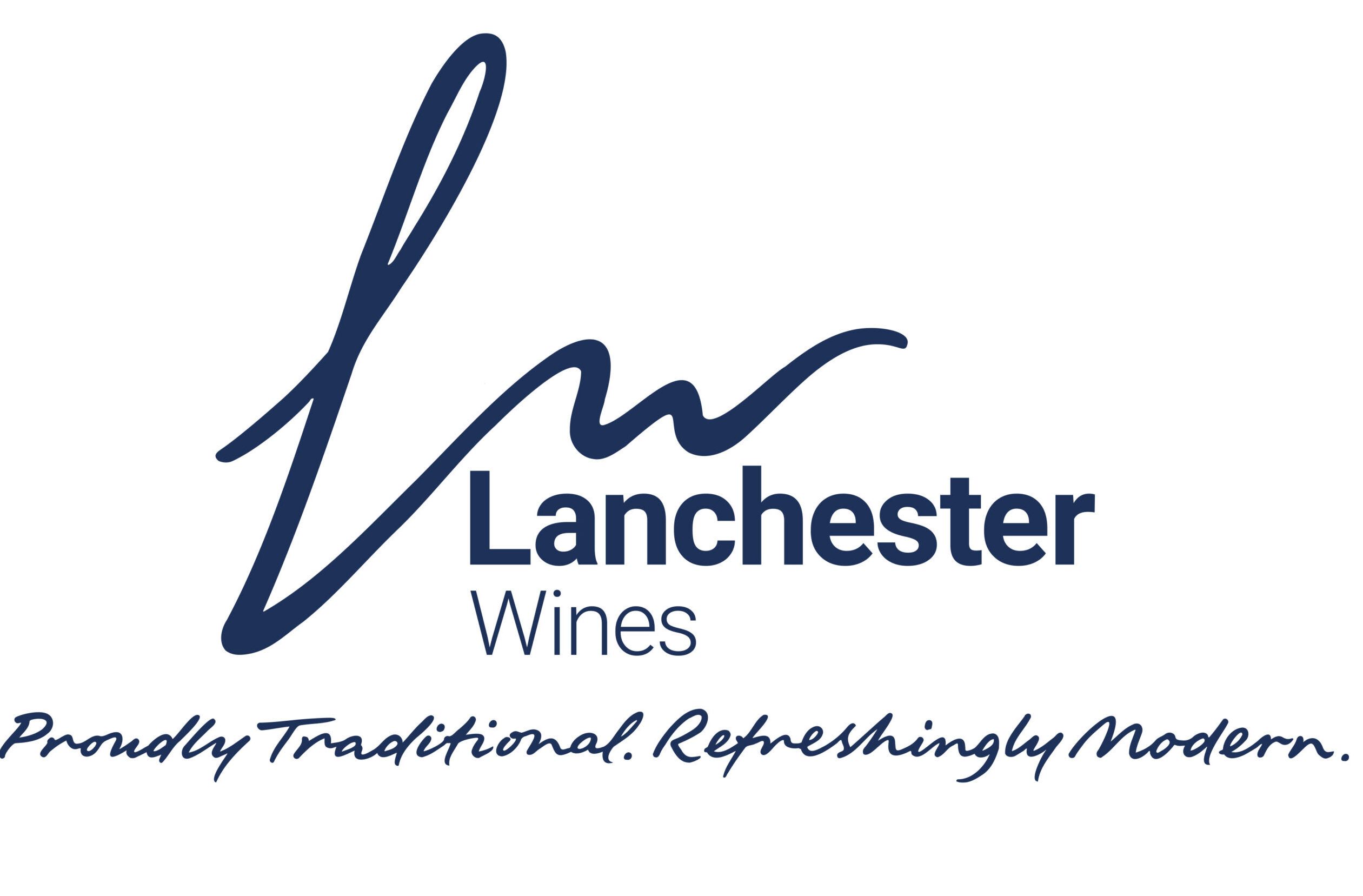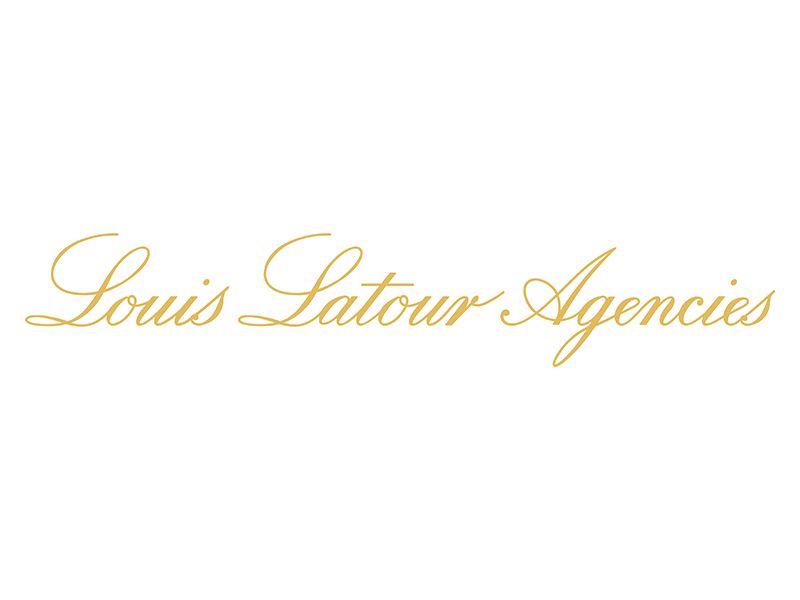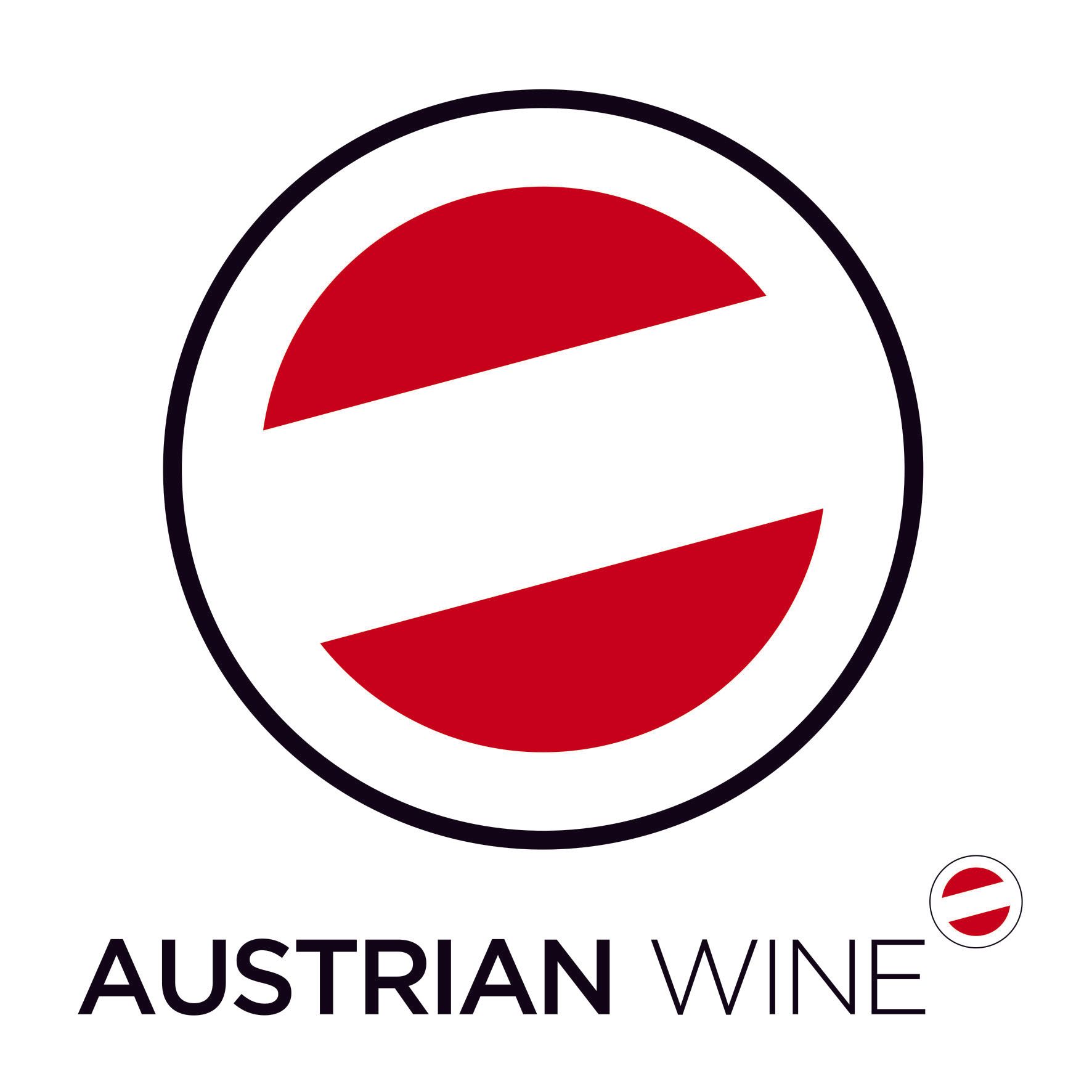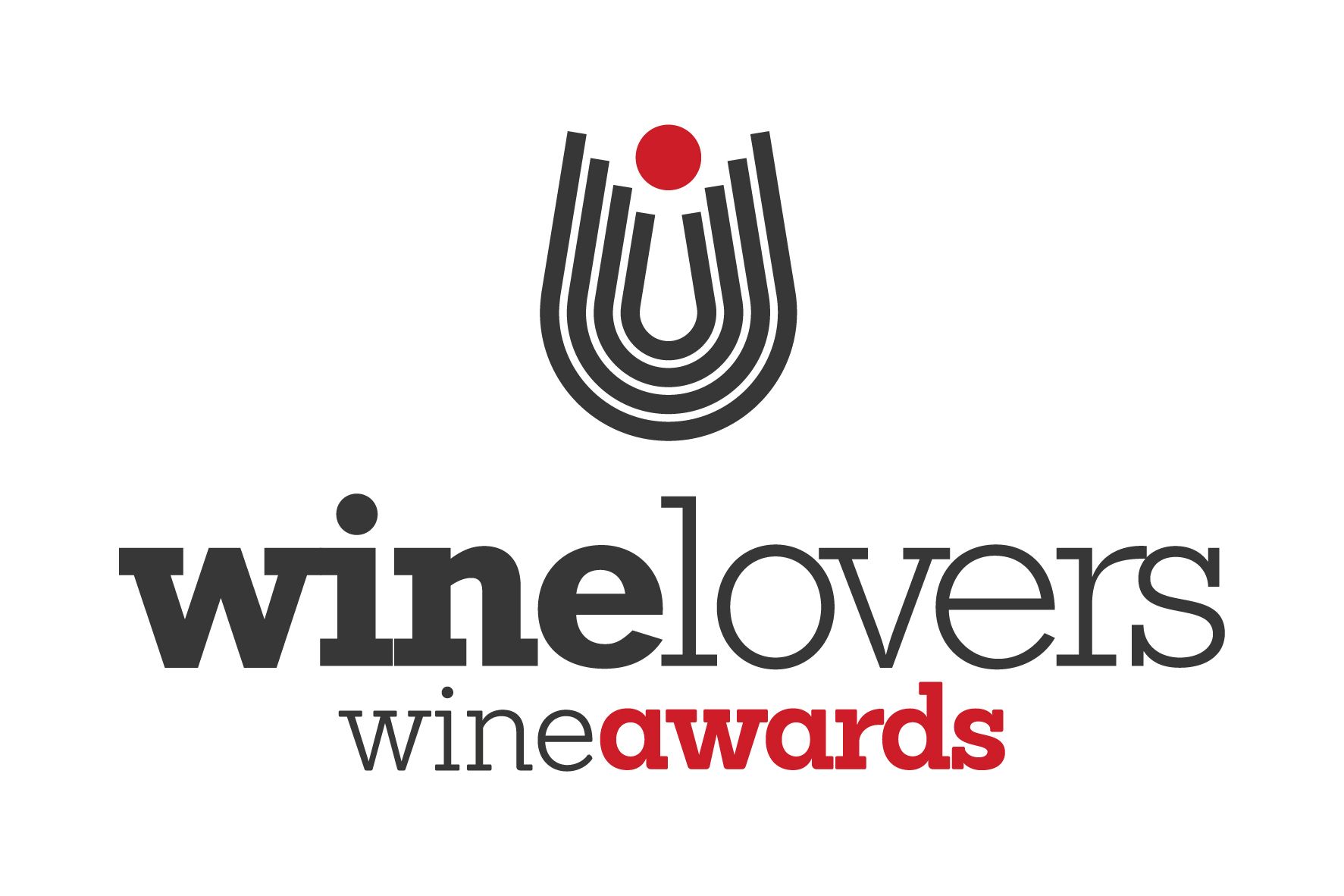Keay talks to David Gleave from Liberty, Sebastian Payne at The Wine Society and industry figures in Tuscany, along with tasting some of the top Chianti Classico.
So how exactly should one chose Chianti Classico, a region that everyone seems to know but which, in reality, is one of the wine world’s more complex and un-transparent regions?
Sylvia Fiorentini, the PR and communication manager at the Chianti Classico Consorzio, says the UK is the fifth biggest world market for the region, taking 8% of its wine. But she admits it can be hard to get the message across about how its wines differ from Chianti.
She also concedes there has been controversy about the new Gran Selezione category, which obliges producers to oak-age their wine for at least 30 months and use only estate fruit.
There are two main problems with this move. First, it gives no allowance for regionality – something that most fans of the region agree is long overdue given the vast differences in climate and soil within Chianti Classico. The second problem is that, in some cases, it has inadvertently encouraged producers to rename their Riservas to get more money.
“The work of relaunching the appellation in these years has culminated with the introduction of Gran Selezione, the new typology of Chianti Classico on the market since 2014,” says Fiorentini. “A great wine that further qualified our appellation and had great success by the critics contributing to consolidate the Chianti Classico in the world excellence scene. It is true that there is a discussion among some of the producers who ask for an even more unique identification of the Gran Selezione category. We can say that there is still a work in progress on this matter . ”
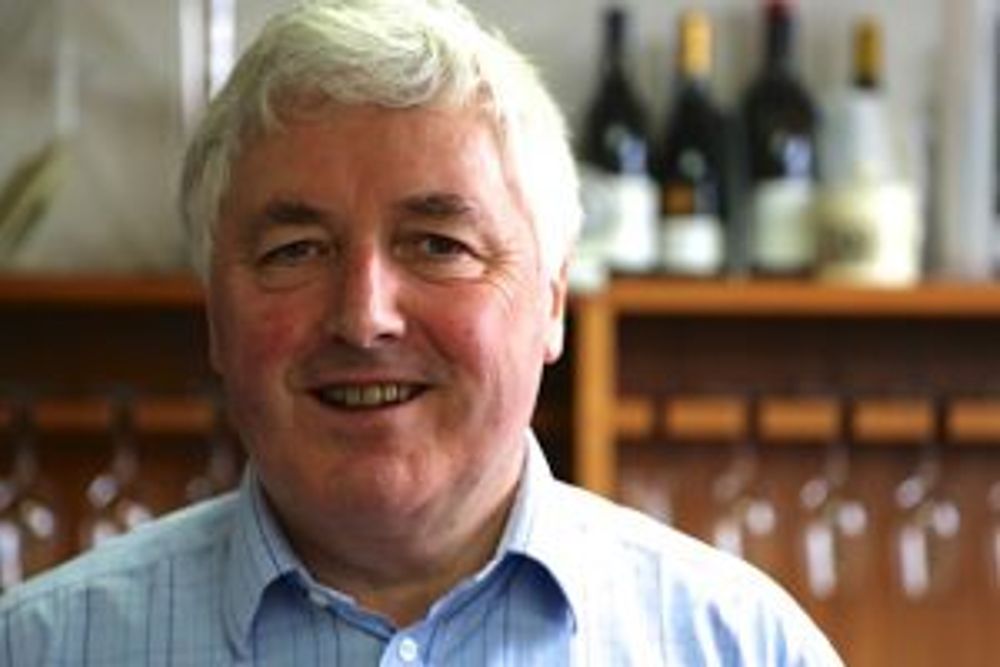
Sebastian Payne: “Winemakers have done a huge amount of work over the past 20 years.”
Sebastian Payne MW, Italian wine buyer for The Wine Society, agrees there should be a change to the Gran Selezione category – either wines being 100% Sangiovese (without the softening bought about by adding Canaiolo or Merlot). More broadly there also needs to be a move towards showing regionality, with the name of the production area visible, with possibly the addition of a map on the bottle.
However he believes the market for Chianti Classico remains strong, with regular up-market holiday visitors to the region and Claret lovers representing a typical demographic. The Society’s own label Exhibition Chianti Classico 2015 actually serves as a fine introduction to the region; produced by respected producer Poggiopiano this is very smooth and rounded with plenty of dark and red fruit on the palate.
Payne argues that many of the Gran Seleziones – despite their premium price – are exceptional although given that the category is so new, it may be some years until this becomes fully apparent.
“Although there are under-performers and vineyards still being located in the wrong place (at the base of a hill, for example) winemakers have done a huge amount of work over the past 20 years. There has been large-scale replanting and serious attempts to understand what works best in the vineyard. Take Brolio, from Barone Ricasoli (Wine Society); this historic producer has taken 20 years to get itself back into shape and is now making some great wines,” he says.
Indeed, to understand Chianti Classico one must accept that, as with Burgundy, there are lots of different styles reflecting both the local terroir and the particular approach of the winemaker. A tasting of wines coming from a range of producers across the Chianti Classico region supports this.
Tasting the different regional styles
Wines from Fontodi, located near Panzano in the heart of the Chianti Classico region, are quite full but also elegant and supple; the Vigna del Sorbo Gran Selezione 2014, from a difficult wet vintage, is already showing some appealing dark forest fruit with smoky undertones and strong acidity (Liberty). Also well worth trying is the Fontodi Filetta di Lamole 2014, a new annata made from cuttings taken originally from old bush-trained vines. This is a very distinctive wine, rounded and harmonious, yet also showing restraint on the nose and palate. Fontodi wines are laying-down wines, par excellence.
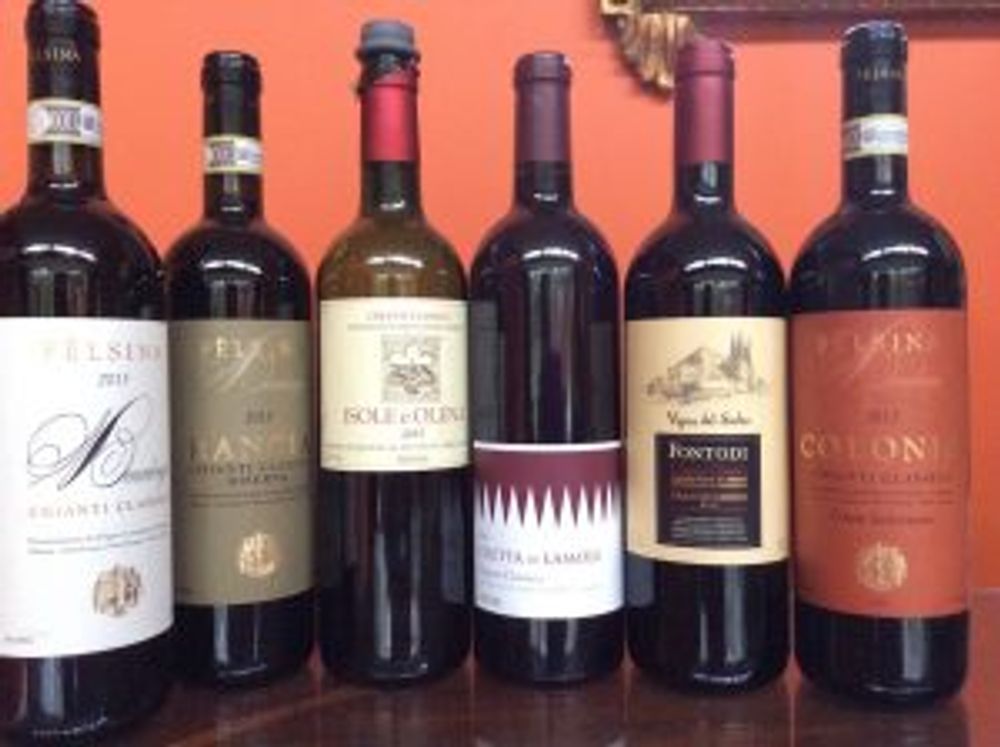
Those from Felsina, in the far south-east, with rocky, iron-rich soil but also lots of clay, are rich and hearty but with wonderful balance and suppleness. The Berardenga 2015 is a delicious and approachable wine, with lots of blackcurrant fruit on the palate and warm vanilla notes; the Felsina Rancia Riserva 2013 and, especially, the Colonia Gran Selezione 2013 are much more serious wines, with huge ageing potential yet also quite distinct from each other (Liberty).
Different again are the wines from Isole e Olena, in the west of Chianti Classico, towards Poggibonsi. This stunning estate is situated 400 metres above sea level, with some of its vines dating back 60 years and its prime location expressed in the freshness of its wines. The style here is more Burgundian, with a focus on elegance and restraint, but the Chianti Classico 2015 is fresh and very approachable; this is a wine to win around those sceptical of Chianti Classico’s charms.
The producer’s Gran Selezione has become iconic with the 2010, remarkably nuanced with lots of good acidity and fine tannins supporting the fruit. This will age beautifully but is already a treat now. Incidentally the winery openly declares these wines to be distinct, and not just Riserva level with another six months of ageing.
The future’s bright the future’s Chianti Classico
David Gleave, MD of Liberty Wines, which has made Chianti Classico one of the cornerstones of its large and distinctive Italian range, says the wine drinker today is reaping the rewards of the investments undertaken by producers across the region over the past 30 years.
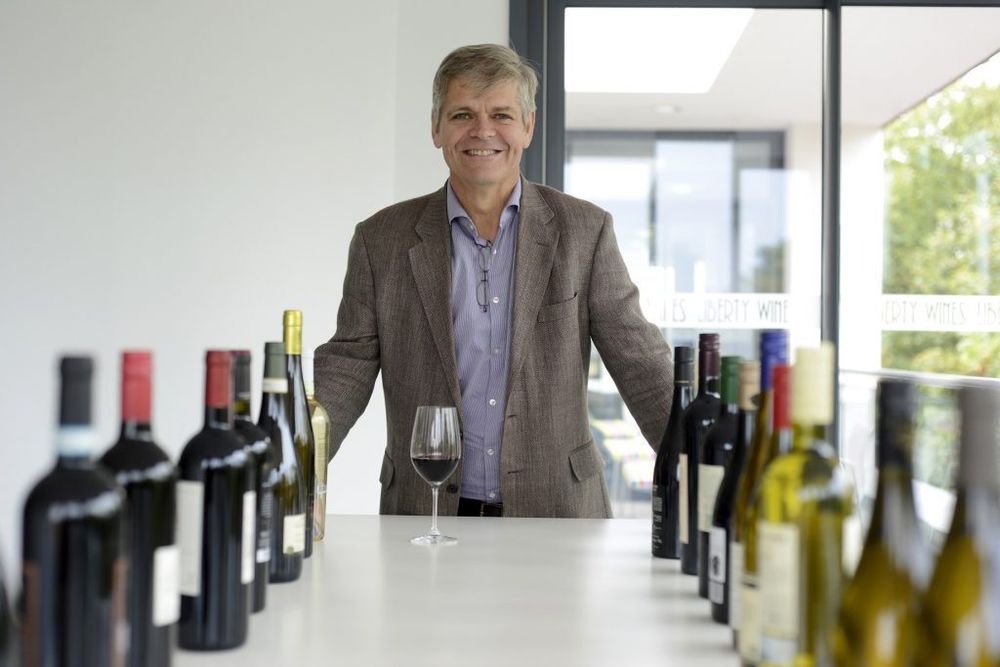
David Gleave, Liberty MD: “Chianti Classico has some greater vintages coming up: after a great 2013, 2015 is ripe and fresh, 2016 will, in my view, be outstanding, the best for years.”
“They have better clones and better sites, and some of the wines coming through are as exciting as, say, Bolgheri was 20 years ago,” he says.
Gleave adds that some of the vineyards in Chianti are amongst the best in Tuscany, rivalling Montalcino and that the region’s size (70,000 hectares with 7% under vine) and diversity are part of what gives it appeal.
“Wines hailing from the south, near towards Montalcino, share a lot of the characteristics of that region whilst those to the west tend to have a softer, more maritime influence.”
He says he has seen a fall-off in demand for basic Chianti concurrent with a rise in demand for more premium wines from Chianti Classico, including Gran Selezione. This despite, or maybe because of, their often high prices; Liberty’s negociant Chianti sells for around £10 against around £22 for a Chianti Classico annata and up to £200 a bottle for a Gran Selezione from a leading producer.
“Gran Selezione, from the likes of Felsina or Isole e Olena, gives another dimension to Chianti Classico. It gives the producer the opportunity to make the best wine from the vineyard’s site and soil,” Gleave says. Going forward, he says Chianti Classico sub-zones should move towards a clearer expression of their regionality.
“Chianti Classico is too complex not to be broken down, and I think it’s the only way to make sense of the region,” he says.
“But the wines are getting better and better, especially if the producer has planted in the right areas and has the right viticulture. And Chianti Classico has some greater vintages coming up: after a great 2013, 2015 is ripe and fresh, 2016 will, in my view, be outstanding, the best for years. And 2017 will be limited, but amongst the best producers, good quality. Frankly, the outlook couldn’t be brighter.”
Valerio Marconi of Cinciano echoes this, saying that a series of good vintages has put Chianti Classico back on the map if it ever dropped off. He’s even optimistic about 2017.
“This was the driest year here for 200 years, it was unbelievable. I reckon our volume was down 35%. But we’re lucky – some here didn’t harvest at all. And I’m confident quality will be good.”
